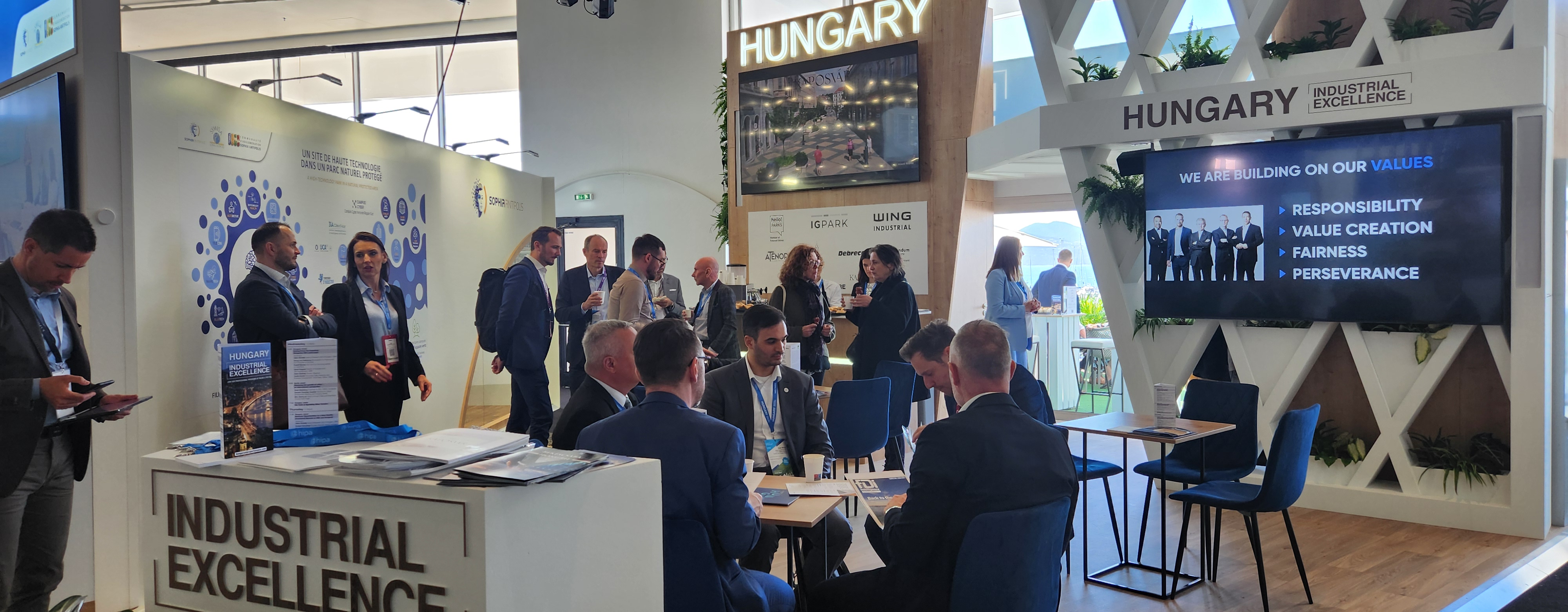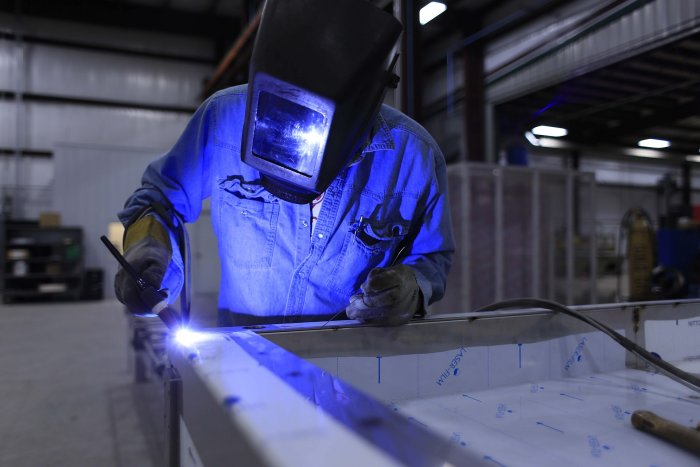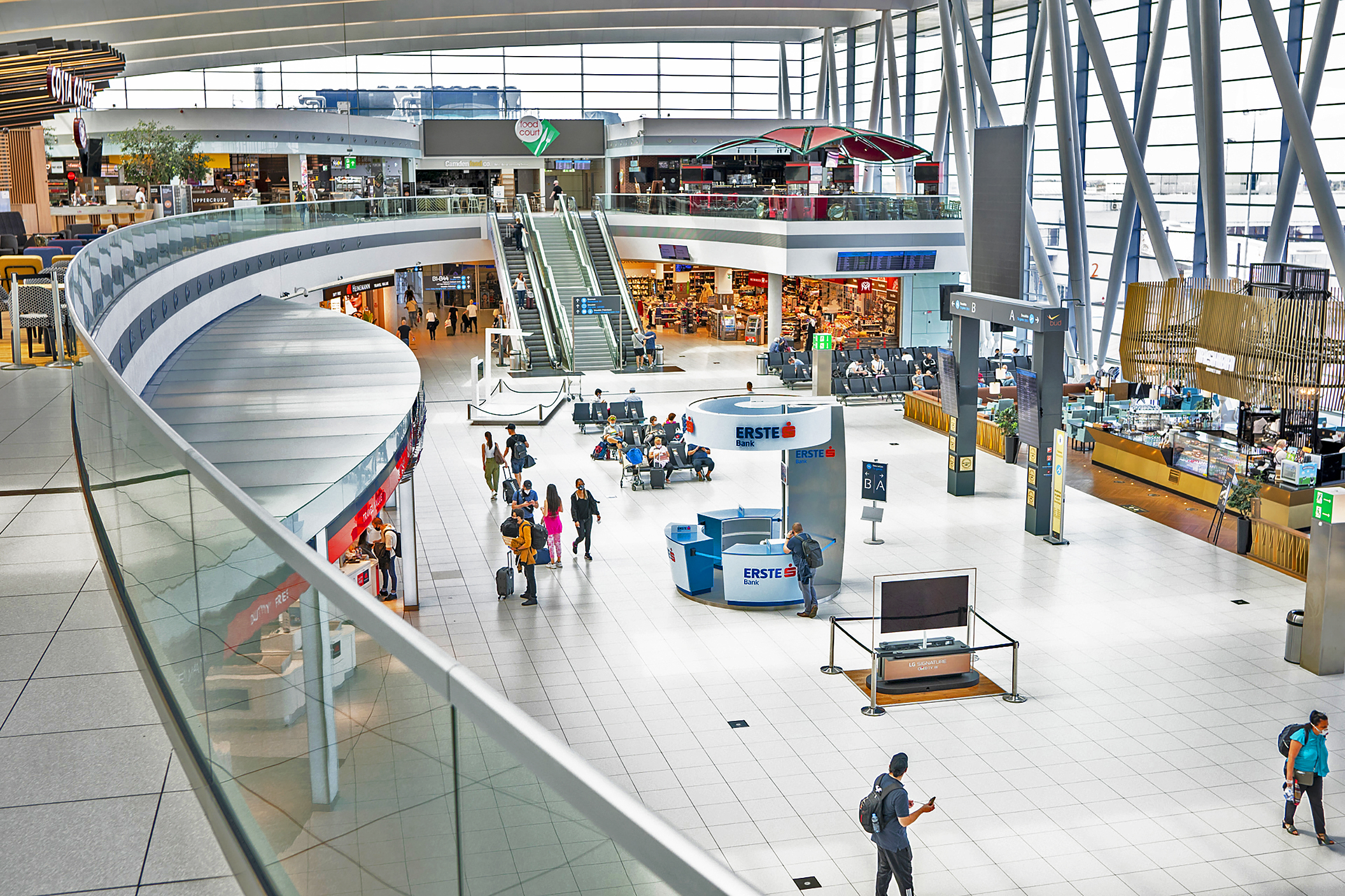Good Hungarian Representation at Mipim 2024

The Hungary stand had a great location and drew plenty of visitors.
Photo by Expo Group event management.
Against a background of a challenging economic and geopolitical environment, more than 20,000 real estate and investment professionals from 90 countries attended the 32nd edition of Mipim at thePalais des Festival in Cannes.
“The global urban festival brings investors, political leaders and the real estate community together to facilitate relationships and find solutions to the challenges facing the built environment,” said Reed Midem, the organizer of the annual four-day event. In general, market sentiment was less bright than the sunny spring weather on the Côte d’Azur last week.
“With a growing number of stands and pavilions (340) taking more space (19,500 sqm), Mipim demonstrated that there are still a significant number of opportunities amid geopolitical, environmental and socio-economic uncertainty,” Reed Midem added.
As one of the leading international meeting points for developers and city and regional representatives, Mipim was attended by 70% of the top asset managers who manage more than EUR 4 trillion of assets, according to Reed Midem.
The debates and private discussions over a glass of wine at Mipim reflect the themes and concerns prevalent in the real estate markets at a given time. In the EU in 2024, these are, essentially, when will the investment markets make a come-back and how do the real estate industries face the challenge of the need for sustainable and EU Taxonomy-compliant features throughout the real estate cycle from financing to planning to construction to letting to property management and, finally, to an exit strategy.
Views over when there will be an upturn in the investment markets in CEE differ, as analysts have a range of opinions on when the recovery will begin, from the beginning of this year to at least two years. An upturn in activity in Western Europe would be followed by Poland, the Czech Republic and then Hungary.
According to CBRE figures, Central and Eastern European investment volumes fell by 49% year-on-year for 2023. Around EUR 6.7 billion was invested in CEE, with Hungary taking EUR 440 million of that.
When to Return
Investors are waiting for the right time to return to the CEE markets, with the industrial sector potentially the most favored destination. The office markets could take longer, with a return in two years, according to Norbert Schőmer, country director at Atenor Hungary.
This country, along with the Czech Republic, has the cushion of a strong presence of domestic funds, which are lacking in Poland, albeit it is considered the number one CEE investment destination for international investors.
“Tenants, landlords and investors in all CEE countries are increasingly focusing on the quality of buildings. The gap between older/outdated and modern/efficient buildings is becoming increasingly wider in terms of a multitude of factors, from rents to attractiveness for tenants and occupancy rates to capital values,” said Colliers of the impact of ESG on the industry.
“In turn, we view this as a decisive factor in pushing for more retrofitting of older buildings which may become viable. Timing-wise, these changes are coming at a bad time, as the green push is coming in a difficult context for the market, given how high interest rates are. Furthermore, we need to acknowledge how relevant the green characteristics are on the financing side, as banks need to take into account not just the value of the building itself, but how efficient and future-proof it is,” added the consultancy, which had a strong presence at Mipim.
Mike Edwards, head of capital markets at Cushman & Wakefield Hungary, sees a possible turnaround in Western European investment markets in the second half of this year, with a recovery in Poland early next year and Hungary to follow that.
Hungary and several leading Polish cities had a strong presence with promotional stands, reflecting the perceived need for companies, cities, regions and country promotion agencies to promote their home markets and investment opportunities to international developers, investors and lenders.
Prime Location
The 80 sqm Hungary stand had a prime location with a terrace overlooking the harbor and the old city of Cannes. Several panel discussions moderated by Gábor Borbély, head of research for CEE and Hungary at CBRE, discussed the investment markets in Hungary and the region.
Among other things, these reflected the view that the industrial market is seen as a “driving force” in attracting FDI across Hungary. Notable developers promoting themselves at the stand were HelloParks, Infogroup and Wing Industrial. The latter also had a presence at the Poland stand through its ownership of the Polish developer Echo Investment and its promotion of the Towarowa 22 project in central Warsaw in partnership with AFI Europe.
A further feature of the Hungary stand was the promotion of secondary Hungarian cities such as Debrecen (some 222 km east of Budapest by road), Kaposvár (187 km southwest) and Békéscsaba (211 km southeast), which have been particularly successful in attracting industrial inward investment.
“The aim of Békéscsaba is to promote industrial parks and target industrial developers with the sale of industrial space, with whom we have had business meetings,” said Tamás Varga, deputy mayor of the town. Potential clients include suppliers to BMW.
Wing, IGParks, HelloParks, the Belgium-based developer Atenor, and Gránit Asset Management sponsored the stand. CBRE was a content provider, and the Hungarian Investment Promotion Agency participated in the organization. The three provincial cities were also sponsors. The organizers aim to continue to promote Hungary with a similar stand at Expo Real in Munich from Oct. 7-9.
Mipim will return to the Palais des Festivals from March 11-14 in 2025, when participants look forward to improving markets.
This article was first published in the Budapest Business Journal print issue of March 22, 2024.
SUPPORT THE BUDAPEST BUSINESS JOURNAL
Producing journalism that is worthy of the name is a costly business. For 27 years, the publishers, editors and reporters of the Budapest Business Journal have striven to bring you business news that works, information that you can trust, that is factual, accurate and presented without fear or favor.
Newspaper organizations across the globe have struggled to find a business model that allows them to continue to excel, without compromising their ability to perform. Most recently, some have experimented with the idea of involving their most important stakeholders, their readers.
We would like to offer that same opportunity to our readers. We would like to invite you to help us deliver the quality business journalism you require. Hit our Support the BBJ button and you can choose the how much and how often you send us your contributions.











